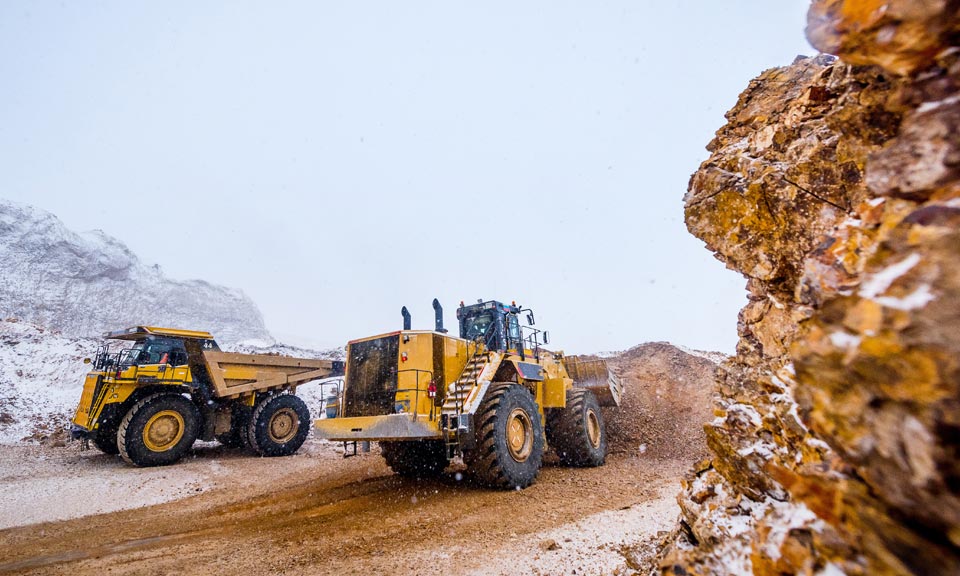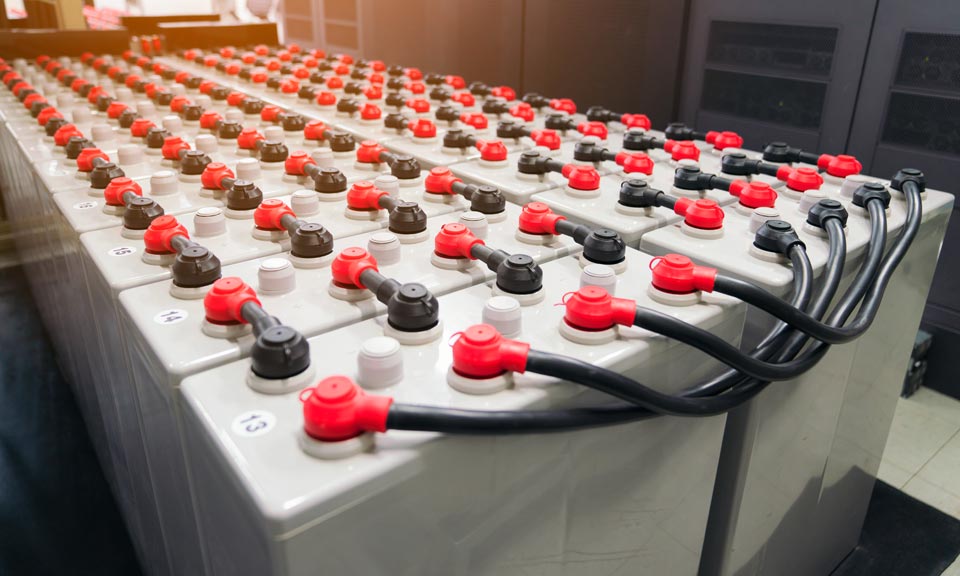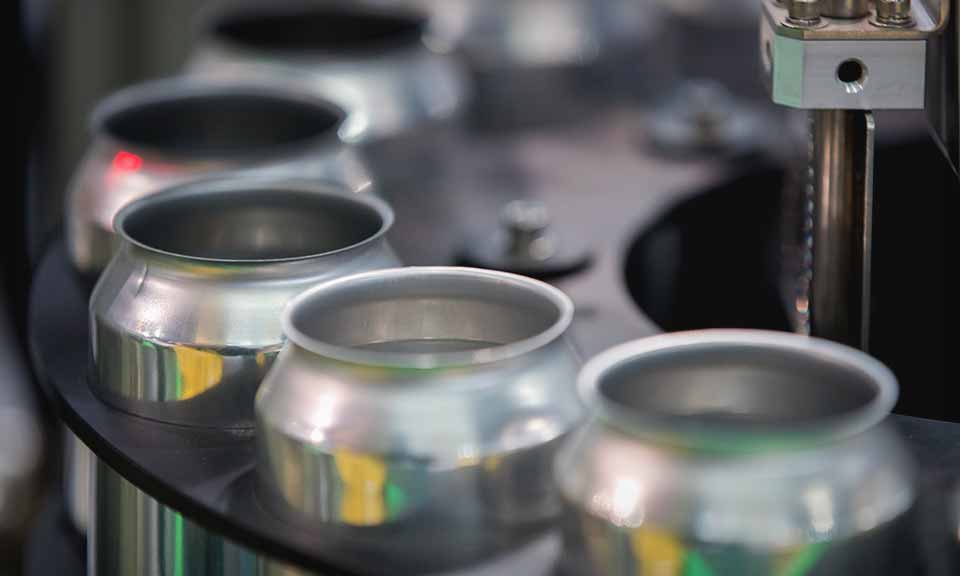Lithium markets present divergent views as China announces policy to push EV sales

China’s recent policy push aimed at boosting sales of electric vehicles invoked diverged views from lithium market participants as the country continues to face lithium oversupply amid weak downstream demand, market sources said April 30.
On April 26, China, as part of its broader energy transition plans, introduced a new policy to encourage trade-ins of polluting vehicles with EVs or highly fuel-efficient cars.
Demand from EVs and energy storage is likely to rise significantly due to the incentive measures, some market sources said.
China’s lithium prices could see a fresh uptrend during the third quarter, led by these measures and downstream demand potentially surpassing current market expectations, the sources said.
However, some other market sources said they expected prices to remain under pressure in the wake of existing overcapacity. Any output cuts or suspension of high-cost mines are not enough to keep total supply in check, the sources said.
Platts, part of S&P Global Commodity Insights, assessed battery-grade lithium carbonate at Yuan 114,000/mt on a DDP China basis April 29, up Yuan 5,000/mt on the day and Yuan 6,000/mt month on month. However, prices have been down 36.7% from the same period of last year.
Attractive Measures
China’s recent policy initiative is part of an action plan devised by the State Council in March, which focused on promoting large-scale equipment renewal and trade-in of consumer goods to stimulate domestic consumption and further advance China’s green transition efforts.
The new policy will remain effective until Dec. 31.
China will provide a one-time fixed subsidy to personal consumers who scrap passenger cars that meet emission standards of China III or below, or EVs registered before April 30, 2018, according to a statement released by seven government departments, including the Ministry of Commerce.
The subsidy would amount to Yuan 10,000 ($1,381) for replacing old cars with EVs, and Yuan 7,000 for opting new cars with a displacement of 2.0 liters or less, according to the statement.
Following this policy, several provinces and cities in China have released trade-in measures to boost EV sales in April.
Meanwhile, vehicle producers continued to cut sales prices to increase market share and boost sales, which could help push domestic EV sales to some extent, industry sources said.
China’s retail sales of new energy passenger cars reached 720,000 units in March, up 37% year on year but flat month on month, according to the data released by the China Passenger Car Association.
The trade-in policy will benefit China’s EV sales significantly, which could lead to an increment of nearly 1 million units if the policy is executed properly, said CPCA secretary general Cui Dongshu.
On the energy storage side, a rapid growth in China’s installation of energy storage systems could be seen due to other relevant stimulus measures, sources said. However, some other sources said they were yet to see any significant increase so far.
Lithium supply, prices
China’s lithium salt supply is expected to continue to rise in the months ahead due to an increase in production from key producing provinces and rising imports, sources said.
Producers in Qinghai province, a key lithium salt production hub, are set to ramp up output as weather conditions improve, sources said.
Meanwhile, producers in Jiangxi are also set to resume output, and China is continuously seeing higher imports, according to sources.
The Yichun government of Jiangxi province recently issued environmental measures aimed at proper storage of lithium slag, raising concerns among market participants, sources said.
However, the move will not affect production of lithium salt converters in Jiangxi, but it could increase production costs in the long term, an eastern-China based analyst said.
China's lithium carbonate and hydroxide prices increased in the week to April 26 on the back of higher spodumene trade, sources said. However, price growth was limited due to weaker-than-expected restocking demand ahead of the upcoming Labor Day holiday on May 1, they said.
The outlook for China’s lithium markets has remained bearish in the long term amid a supply surplus, although high production costs and a potential demand recovery could lend some support to lithium prices in the short term, some sources said.

News
Stellantis, Gestamp main awardees Eur1.6 billion awarded to date Spain’s government awarded Eur76 million ($82 million) in funding to 15 projects linked to the industrial supply chain of electric vehicles in its latest round of recovery funding, with Stellantis and Gestamp being the main winners, the industry ministry said May 10. Stellantis was awarded Eur29 million for its assembly plant in Vigo, while Gestamp was awarded Eur34 million for six EV component sites across Spain. The latest funding follows Eur170 million awarded in February , which included Eur130 million for Mercedes Benz's small van production and Eur10 million for Basquevolt’s solid-state battery development program. The entire PERTE VEC program started with Eur3.5 billion available, of which around Eur1.6 billion has been awarded to date across the first and second calls. A third call is looking to allocate Eur700 million during 2024, while a fourth call will start in H2 2024 with Eur1.2 billion to be made available. Platts, part of S&P Global Commodity Insights, assessed both battery-grade lithium carbonate and hydroxide at $14,800/mt CIF Europe May 10, down 6.3% and 6.9%, respectively, since the start of 2024. Platts Connect: News & Insights (spglobal.com)

News
NEV sales account for 36% of total vehicle sales Lithium prices seen rangebound in near term China's new energy vehicle sales were down 3.7% on the month at 850,000 units in April, the China Association of Automobile Manufacturers (CAAM) said in a report late May 11. CAAM considers pure and hybrid electric vehicles as new energy vehicles. China’s NEV production reached 870,000 units in April, increasing 0.8% on the month to the highest level this year. End-users were on the sidelines amid a fierce price war among automakers that industry sources said was to blame for the decline in April sales. NEV output and sales in April respectively increased 35.9% and 33.5% year on year. NEV sales accounted for 36% of the country’s total vehicle sales in April, the highest on record, S&P Global Commodity Insights calculations showed. China’s total NEV output and sales were 2.99 million units and 2.94 million units in the first four months of 2024, rising 30.3% and 32.3% from the same period a year earlier, CAAM data showed. China’s NEV sales might increase in May on expectations of buying interest from end-users during the Labor Day holidays and government stimulus measures like vehicle trade-in policy and NEVs usage promotion in rural areas, industry sources said. Meanwhile, NEV exports reached 114,000 units in April, rising 13.3% from a year earlier but falling 8.6% from a month ago, CAAM data showed. China’s EV exports are expected to be promising in the longer term despite some near-term interruptions caused by Europe’s anti-subsidy investigation into Chinese NEV makers, industry sources said. Power battery output China’s output of power batteries and energy storage batteries, a key indicator of battery metals consumption, rose 3.2% month on month and 60% year on year to a total of 78.2 GWh in April, driven by increasing demand from NEV producers, according to data from the China Automobile Battery Innovation Alliance, or CABIA. Sales of power batteries and energy storage batteries were 73.5 GWh in April, rising 57% from a year earlier and 0.3% from a month ago, CABIA data showed. Nickel-cobalt-manganese materials used by power batteries and other batteries declined 6.2% from a month ago to 45,400 mt in April. Lithium iron phosphate materials consumed rose 7.8% month on month to 138,500 mt during the period. Lithium salts prices Chinese lithium salts prices may be rangebound in the short term, amid improved supply and demand, market sources said. Rising output from domestic producers and increasing imports are expected to boost supply in the domestic market. Meanwhile, production at downstream consumers is also expected to expand in May although the growth might be lower compared with April. Platts, part of S&P Global Commodity Insights, assessed battery-grade lithium carbonate at Yuan 107,000 ($14,791)/mt on a DDP China basis May 10, Yuan 6,000/mt lower on the month. Market participants have been keeping a close watch on the impact from an environmental protection supervision in Jiangxi, with the central inspection team in the province over May 8-June 8. Platts Connect: News & Insights (spglobal.com)

News
Executives call storage boom 'tremendous opportunity' California, Texas driving US capacity growth Fluence Energy anticipates a significant increase in battery storage demand in the US, executives said, highlighting a strong pipeline and new products as the company narrowed its net loss. CEO Julian Jose Nebreda Marquez said on a May 9 earnings call that the company “continues to see strong growth in demand for utility-scale energy storage systems.” The company’s pipeline increased by 22%, or $2.9 billion, quarter on quarter. The first quarter saw an order intake of 2.2 new GWh in the company’s “Solutions” segment, 0.9 GWh in the “Services” segment and 3.1 GW in the “Digital” segment, totaling about $713 million of new orders, according to the company. The US Inflation Reduction Act is driving storage demand, Marquez said. The battery storage space is “well insulated from the upcoming US elections” and the company does expect significant demand impacts from it, he added. “The United States is our largest market,” he said. “Battery and storage is playing an increasingly vital role in the US as the nation seeks to modernize its energy infrastructure, enhanced grid resilience and transition towards cleaner and more sustainable sources of power.” The company’s earning reports highlighted growth in battery storage demand in ERCOT, CAISO and MISO in the US, as well as Chile, Germany and Australia, which is becoming the “second most important market globally.” Fluence announced this week a new more “energy-dense” product aimed at increasing efficiency and accommodating customers with space restraints, executives said on the call. The newest product in the Gridstack series has 5-6 MWh in a 20-foot enclosure, Marquez said on the call. The company saw a net loss of about $12.9 million, compared to a loss of $37.4 million in the same quarter last year. US battery storage capacity is expected to surpass 30 GW this year, the US Energy Information Administration said Jan. 9. About 8.5 GW of new battery facilities are expected, according to an S&P Global Commodity Insights forecast. California and Texas are driving capacity growth. The states were the top two in operating battery storage capacity, with California at 8.3 GW and Texas at 5.1 GW, as of fourth quarter 2023, according to government filings and company announcements that Commodity Insights compiled. Arizona was ranked third in Commodity Insight's Q4 data at 938 MW. The top three states combined made up 83% of the total storage across all states, according to the data. Marquez cited projections of nearly 350 GWh of new capacity being added by 2030. “This is a tremendous opportunity,” he said. Platts Connect: News & Insights (spglobal.com)

News
Output at Brazilian lithium concentrate plant to reach 130,000 mt/year during Q4 Lithium hydroxide refinery in Germany to delivery first production batches during Q3 Q1 sales of lithium concentrate fell 24% due to shipping variations Miner and lithium supplier AMG Critical Materials has announced that the expansion of its mining operations in Brazil and the ramp-up of its conversion plant Germany remains on schedule despite ongoing volatility in global lithium markets. In a statement marking the release of the company’s first quarter 2024 results on May 7, AMG said that its lithium expansion strategy remains on-track with the company able to access approximately $600 million in capital following a $100 million term loan expansion secured at the end of April. In Brazil, AMG said that the expansion of its lithium concentrate is progressing as planned with the plant expected to reach a full nameplate capacity of 130,000mt/year during Q4 2024, up from a previous capacity 90,000 mt/year. In Germany, the company said that the ramp-up of its lithium hydroxide refinery in Bitterfeld remains on track with the first production batches expected to be shipped out to clients during Q3 2024. AMG plans to produce 20,000 mt/year of battery-grade lithium hydroxide at the plant in the first module, with four additional modules planned to achieve a total production capacity of 100,000 mt/year. In its Q1 results AMG reported quarterly sales of lithium concentrate at 15,652 dmt, some 24% lower than the 20,509 dmt sold during Q1 2023 with the company citing shipping variances in 2023. “Volumes were negatively impacted by shipments that arrived in the fourth quarter of 2023 to the detriment of our first quarter 2024 volumes,” it said. The average realized sales price was $1,163/dmt CIF China for the quarter at an average cost of $616/dmt CIF China. EBITDA during the quarter fell 71% on the year to 31 million which the company attributed to the decline in lithium and vanadium prices. “The average quarterly prices of lithium carbonate and ferrovanadium, the material prices that most significantly impact our financial results, decreased 76% and 33%, respectively, versus the average pricing in the first quarter of 2023,” the company said. With the ramp-up of the lithium concentrate plant, AMG said that the cost per ton will rise relative to historical costs during Q2 2024 due to unabsorbed costs during the ramp-up and lower tantalum sales volumes offsetting higher spodumene production. “Long-term demand trends are encouraging, and additional supply prospects are confronting challenging constraints throughout the industry,” said CEO Heinz Schimmelbusch. “Our low-cost position allows us to endure the current market conditions and prosper considerably at more normalized price levels.” Platts, part of S&P Global Commodity Insights, assessed lithium hydroxide CIF Europe at $14,800/mt May 7, down from $15,900/mt on Jan. 2. Platts Connect: News & Insights (spglobal.com)